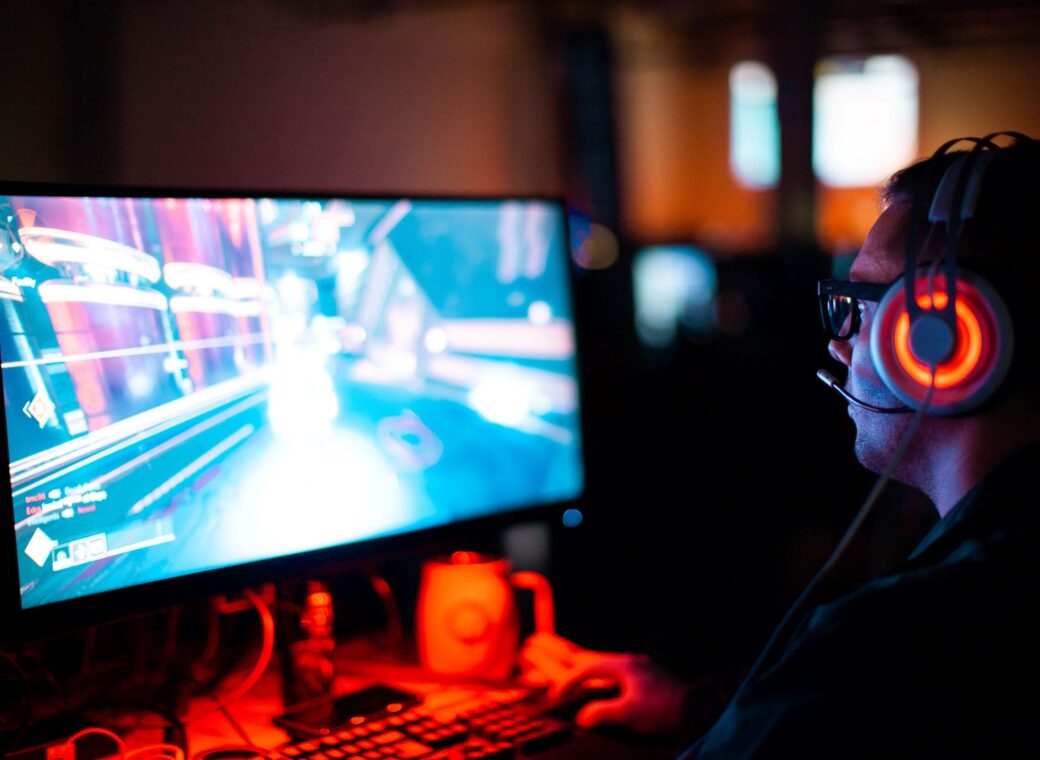Video game localization is a key strategy to expand a game’s fan base. It goes beyond the translation of text and audio. Instead, it is all about customizing characters, settings, imagery, plotline, and language—so your game resonates deeply with players from different languages and cultural backgrounds.
Video games have evolved dramatically in recent years, with graphics, technology, and gameplay breakthroughs fostering a booming industry worth over $300 billion. More companies are making innovative and exciting games that appeal to 21st-century game players. Yet, this surge also means intensified competition—game developers must innovate and strategize to stay on top.
This article explores key aspects and benefits of localization in detail. We also suggest best practices and tools to make your game an international bestseller!
What is video game localization?
Video game localization is adapting your game so completely that it looks and feels like it was created in your target market by their local developers. In the past, games were simple (think Pacman), and you could localize them easily by just translating gameplay instructions. But modern games are set in complex worlds with multiple non-player characters (NPCs), plot lines, in-game events, and challenging puzzles. Modern-day video game localization consists of three key aspects:
Translation
Translating involves changing all instructions, dialogue, in-game text, audio, and more into the target language. A successful translation isn’t just about swapping words but understanding and capturing the heart of the game’s narrative for a new audience. It has to be nuanced to account for linguistic differences. For example, idiomatic expressions in one language might not have direct equivalents in another. Imagine a character joking about “raining cats and dogs” in an English game. If translated verbatim into a language where this idiom doesn’t exist, players might be left baffled, wondering why pets are falling from the sky! Video game localization projects find and rephrase such instances to convey the intended meaning.
Transcreation
Factors like regional dialects, cultural taboos, and even historical context play a crucial role if you want to popularize your game in a new market. A simple mention of a holiday or historical event could mean different things in different cultures. Transcreation alters the game to appeal to the culture of the target audience.
It includes the modification of:
- Music and sounds to suit the target market.
- Characters look, clothing, accent, gestures.
- Modifying in-game storyline and events to suit the target market
The objective of transcreation is to evoke the same emotional response in the target audience as the original. You change the original in-game content to convey humor, suspense, drama, or other intended emotion effectively.
Testing
Localization Quality Assurance (LQA) testers play the localized version of the game to check that no functionality breaks during translation. They also look for any linguistic errors, inconsistencies, or cultural inaccuracies. For example, a technically correct translation might be out of place in a specific scene or situation within the game.
Additionally, testing checks the game’s visual elements for issues like truncated text, misaligned graphics, or font problems due to the varied length and structure of different languages. For games that involve voice-over translations, synchronization, clarity, and appropriateness of the audio are also checked.
Why localize your video games?
As you can see, game localization is a massive undertaking that requires time, resources, and budget. Is it really worth the effort? Slator’s report shows that game localization can account for as much as 50% of a company’s annual turnover, depending on market conditions. You can tap new markets worth billions of dollars in China, Japan, Korea, and Europe. Game localization happens once at the start, but profits keep coming. A game with multiplayer options and microtransactions can make money for years after its launch.
Apart from the revenue benefits, game localization also gives you legal protection. Piracy is a common challenge in the gaming industry, and popular games are often translated by game pirates for new countries. Mistranslations and poor quality work by them can ruin your reputation even before a proper launch. Localizing your own game gives you much better intellectual property protection and keeps criminals from profiting off your hard work!
Video game localization tools
Ready to get started? Video game localization tools streamline adapting a game for various linguistic and cultural contexts. Using the right tools not only makes the localization process more efficient but also helps maintain consistency and quality across different language versions of the game. We give some must-haves for game localization.
Localization kit
A LocKit usually includes all the resources translators and localizers need to adapt the game. For example, it may contain:
- Game build: A version of the game that can be played to understand context.
- Extracted text: All textual content that needs translation.
- Voice-over scripts and audio files.
- Reference materials like game guides and manuals.
- Visual assets like images, icons, videos
The kit also includes a style guide, a crucial document that lays out the preferred style, tone, and voice for translations. It typically specifies details like character limits for certain UI elements, existing sensitive scenarios in the game, and guidelines for handling specific terms.
Glossary
A glossary lists key terminology used in the game and provides approved translations for them. You may also include character names in the glossary. It helps ensure that functions, locations, and objects are named consistently throughout the game—especially when multiple translators work on the same project.
Machine translation solution
A machine translation solution is a powerful tool for speeding up your localization process. It can automatically translate text-based content accurately and fully customized to your context. For example, Systran NMT for gaming has robust translation algorithms powered by neural networks – a computing technology that mimics the human brain. The platform can
- Translate content in 140+ different language pairs.
- Automatically translate all your game content rapidly—think minutes and hours instead of days and months.
- Remember and utilize words from any glossary that you define
- Refer to several built-in dictionaries to ensure correct terminology for many complex domains.
You can significantly speed up game localization and reduce costs using Systran for most translations and human translators for post-machine translation editing and other creative work.
Video game localization best practices
Along with the tools, the below best practices will ensure your localization project is a success.
Start localization as early as possible
The key to high-quality localization is the interconnection between localization experts and all other teams right from the start of game development. Everyone, including your legal team, producers, developers, sound designers, artists, producers, and marketing specialists, should know the localization workflow and their role within it. For example, developers can ensure the code accounts for syntax and different language structures.
Involve linguists in game development
It is essential to onboard linguists passionate about your game development process. While language comes first, understanding what makes gamers tick leads to improved localization. You can involve linguists in game testing and give them access to character descriptions, storyline summaries, and gameplay videos. Seek their feedback in game design so they become more personally invested in the project.
Translate character names in cultural context
Character names can reference movies, historical events, books, or culture in general. The same characters may have different names in the target market. For instance, Yan Shuangying is the Chinese television equivalent of Batman in Western culture. You must select the proper names to keep your original allusions evident in the target market. Similarly, if the names refer to the character’s personal features, you must choose equally self-explanatory names for each localization.
Conclusion
Video game localization is an indispensable strategy for game developers aiming to capture a global audience. Localization goes beyond mere translations to incorporate cultural and linguistic nuances, making games relatable and resonant for diverse player bases. Successful localization requires advanced machine translation technologies combined with human creativity. Humans can preserve the cultural context, while technology can speed up the process and make it more efficient. Leveraging an array of video game localization tools and best practices ensures the preservation of a game’s essence and its successful adaptation for international markets.







